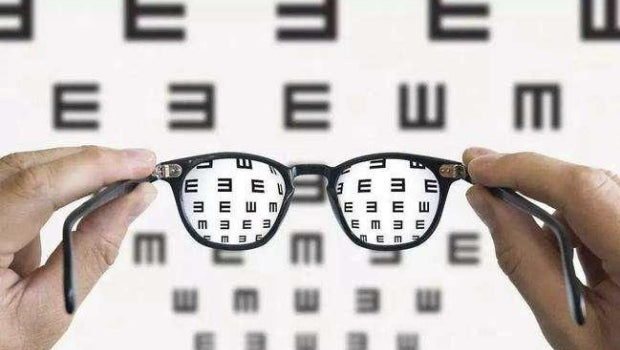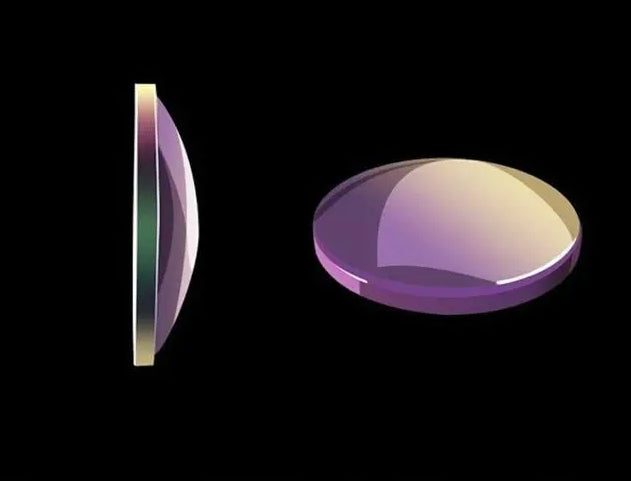With the development of society and changes in our eye habits, the purpose of eyewear is no longer solely about clear vision, but rather about eye comfort and durability. To meet the needs of different groups of people, various types of functional lenses have emerged. The most common types of functional lenses in the market include sun lenses, progressive lenses, anti-fatigue lenses, blue-light-blocking lenses, and driving lenses, sometimes with blue-light protection added.
Sun lenses: Sun lenses, commonly known as sunglasses, need to have UV protection. Our eyes are more fragile than our skin and are easily affected by UV radiation. Prolonged exposure to sunlight can accumulate UV damage to the eyes, potentially leading to conditions such as keratitis and cataracts. UV radiation also contributes to skin aging and the formation of wrinkles. Therefore, it is advisable to have a pair of sunglasses on hand to reduce the harmful effects of UV radiation on our eyes and the surrounding skin.
Progressive lenses: Progressive lenses, also known as multifocal lenses, have become increasingly popular in recent years. They have multiple focal points, providing a wide and comfortable range of vision for both near and distant objects. They are convenient for daily activities, alleviate eye fatigue and discomfort caused by near tasks, and help slow down the progression of myopia. Typically, customers in their forties or fifties, who often experience presbyopia (difficulty seeing close-up), require progressive lenses. The design of progressive lenses allows for clear vision at various distances, making them equivalent to wearing multiple pairs of glasses.
Digital lenses: In recent years, the rise of smartphones and tablets has fundamentally changed people's visual habits. Many individuals frequently switch their visual focus between digital screens, computers, and distant views, which can strain the ciliary muscle responsible for adjusting our eyes for different distances. This constant adjustment can lead to visual fatigue and an increase in refractive errors. As a result, specific lenses called anti-fatigue or digital lenses have been developed. These lenses incorporate a +0.50D to +0.75D power adjustment in the lower lens area, assisting the ciliary muscle in focusing and reducing the strain associated with near tasks. People who frequently experience eye fatigue or visual deterioration, especially while using digital devices, may consider wearing digital lenses under the guidance of an optician.
Personally, I wear Zeiss Smartlife digital lenses, which are designed specifically for modern digital lifestyles. These lenses utilize smart dynamic vision technology to optimize visual clarity during frequent changes in direction and distance. Similar to the function of the ciliary muscle, this technology adjusts the focus according to visual demands, alleviating visual discomfort caused by the ciliary muscle's overexertion. The lenses also feature digital recognition technology, which extends the visual range for both traditional reading distances and digital reading distances. Regardless of posture or distance, wearers can enjoy clear visual experiences. When fitting these lenses, the age of the wearer is considered, and the lens design is customized based on analyzed big data to accommodate variations in visual adjustment capabilities, pupil size, and age-related visual requirements, thus ensuring a superior visual experience for everyone.
Driving lenses: Driving lenses reduce visual stress while improving vision in low-light conditions, reducing glare, and alleviating visual fatigue caused by various discomforts and dazzling light experienced during driving. Even in low-light environments like dawn or dusk, driving lenses offer a better visual experience, enhancing driving safety.
Many people seeking driving lenses primarily desire protection against the glare of car lights. Driving lenses can indeed reduce the dizziness caused by intense light and are particularly suitable for drivers who struggle with visual discomfort and astigmatism caused by car headlights. It is worth noting that lenses with multiple functions, such as A+B or A+B+C, are recommended when selecting driving lenses. This is not a sales pitch but rather a suggestion based on real driving scenarios where visual interferences are not limited to glare. Having an extra function provides an additional safeguard.
These are the main types of functional lenses available in the market. You can choose the lens that best suits your needs. If you have any questions about eyewear or need further assistance, please feel free to leave a comment or send me a message. Stay tuned to koalaeye for more information on eyewear.



































